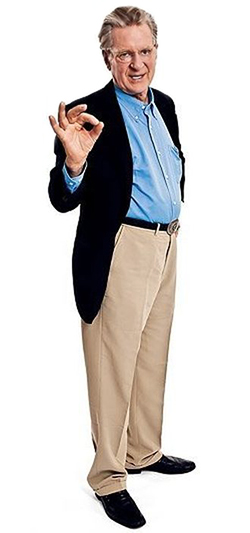Dear Friends,
For more than the past half century, I have been learning from many teachers, while also serving as a teacher to undergraduate and graduate students of philosophy and religion, as well as serving people seeking understanding and practice in spiritual settings outside the academy. I have shared with them teachings that have proved helpful in my life’s journey, especially teachings which have come from my long experience with Theravada and Mahayana teachings descended from the Shakyamuni Buddha. I have also found and shared a lot of valuable insights and practices sourced from other Eastern traditions, Western philosophies and sciences, and from Western esoteric traditions.
During this long teaching career, I have often been asked by people, “How can I find a spiritual teacher?” “What should I study?” “even “I have a problem which the usual doctors and teachers have been unable to help me with; what alternatives are there?”
To the academic students of whatever level, I never recommend specific spiritual teachers, but share with them a “rule of thumb.” Study a lot from books and also meet lots of teachers, but politely part from anyone who tells you he or she has everything you need and urges you not to consult with anyone else.
To the spiritual students, on the other hand, I may recommend a teacher but my main focus would be to urge them to learn a lot through broad study, no matter with whatever teacher or teachers they may engage in specific practices. I have observed there is a tendency today to think that learning becomes unnecessary when one has a teacher, that one just has to follow the teacher’s advice and just meditate. In fact, in most traditions, experiential wisdom is the true door to liberation, and there are three types of wisdom—born of learning, born of critical reflection based on that learning, and only thirdly wisdom born of meditative realization based on both.
In this setting, I am delighted to welcome you to TheLifeSite on the world wide web. In the parts of The Site I am responsible for, I and my colleagues will finally able to introduce seekers to responsible and capable servants of their quests. Of course, we do not pretend to be omniscient ourselves, so we may not always succeed in steering you to the very best persons, studies, opportunities for you. There are undoubtedly may excellent teachers and teachings we may not find right away, and there may be some avenues we may cease to recommend upon further investigation—final judgment is still the seeker’s responsibility. But we have made our best effort to assure you of the highest quality of everything we direct you toward.
A while back, in a conference setting, I came up with a principle I would like to leave you with. Religions and spiritual traditions are “service industries,” they were founded by great beings who sought to serve other sentient beings to the best of their abilities, and their succeeding ministers and teachers must carry on as servants of succeeding generations of students and disciples. When they become institutions and their authorities come to think that they own their followers and must expand their numbers, they betray their founding purpose. So as you bravely set out on or continue with your quest for life’s meaning and best fulfillments, do not be afraid to expect the best service of teachers and companions, do not accept domination from anyone, and while you may yourself wish gratefully to offer service and devotion yourself sometimes, always remember that the best reward of a good teacher is for the student to realize the teaching, and express that realization in benevolence toward others.
Welcome to TheLifeSite! And best of luck in your joyful journey toward the meaningful, the truly blissful, and even the miraculous!
Robert A. F Thurman
JeyTSong Khapa Pofessor of Buddhist Studies, Columbia University
Author on Buddhism, 50 Year friend and student of H. H. Dalai Lama
 Time chose Professor Thurman as one of its 25 most influential Americans in 1997, describing him as a “larger than life scholar-activist destined to convey the Dharma, the precious teachings of Siddhartha, from Asia to America.” The New York Times recently said Thurman “is considered the leading American expert on Tibetan Buddhism.”
Time chose Professor Thurman as one of its 25 most influential Americans in 1997, describing him as a “larger than life scholar-activist destined to convey the Dharma, the precious teachings of Siddhartha, from Asia to America.” The New York Times recently said Thurman “is considered the leading American expert on Tibetan Buddhism.” In extreme cases, our subconscious companion appears to take the form of a physical or spiritual entity.
In extreme cases, our subconscious companion appears to take the form of a physical or spiritual entity.